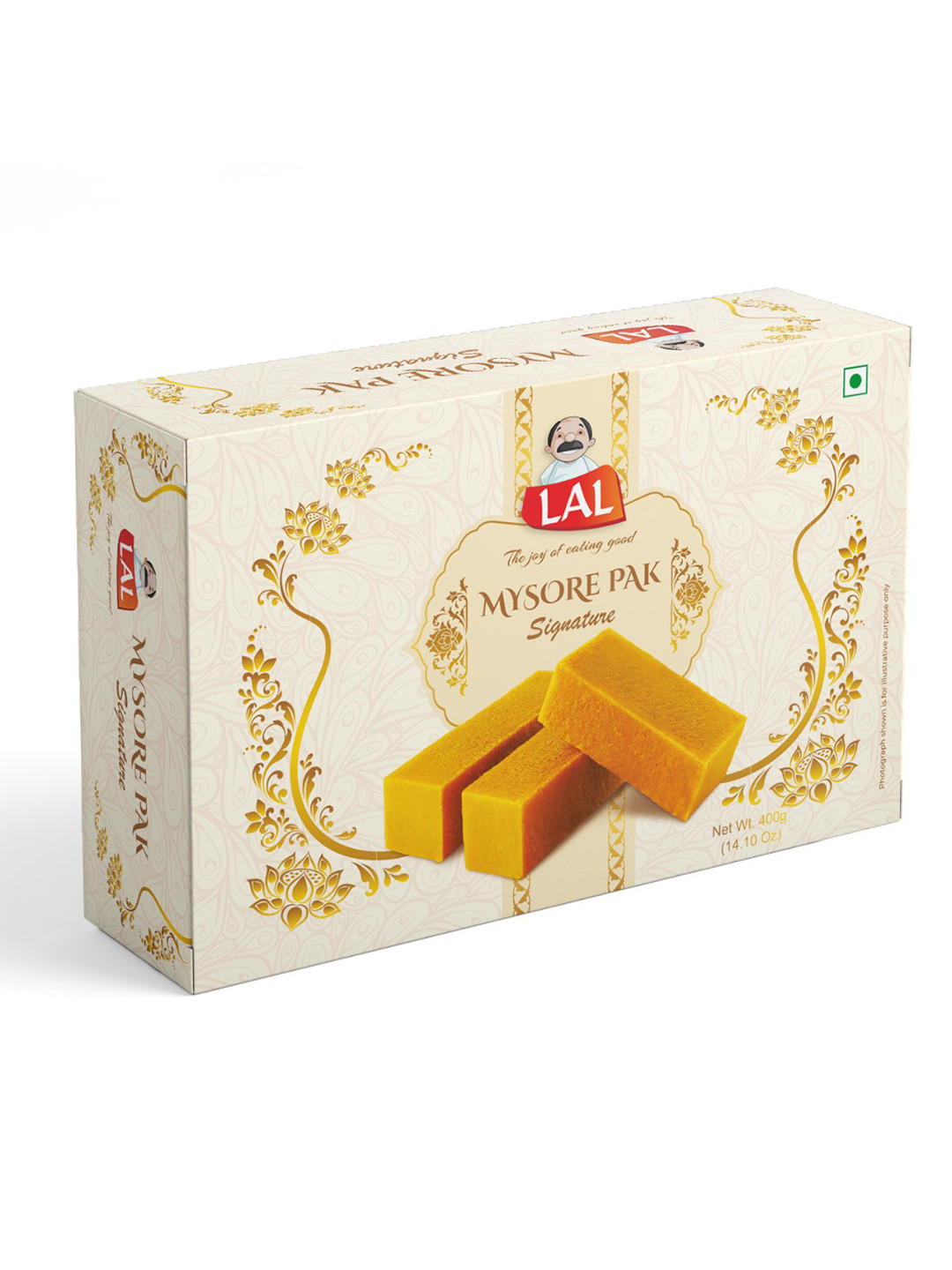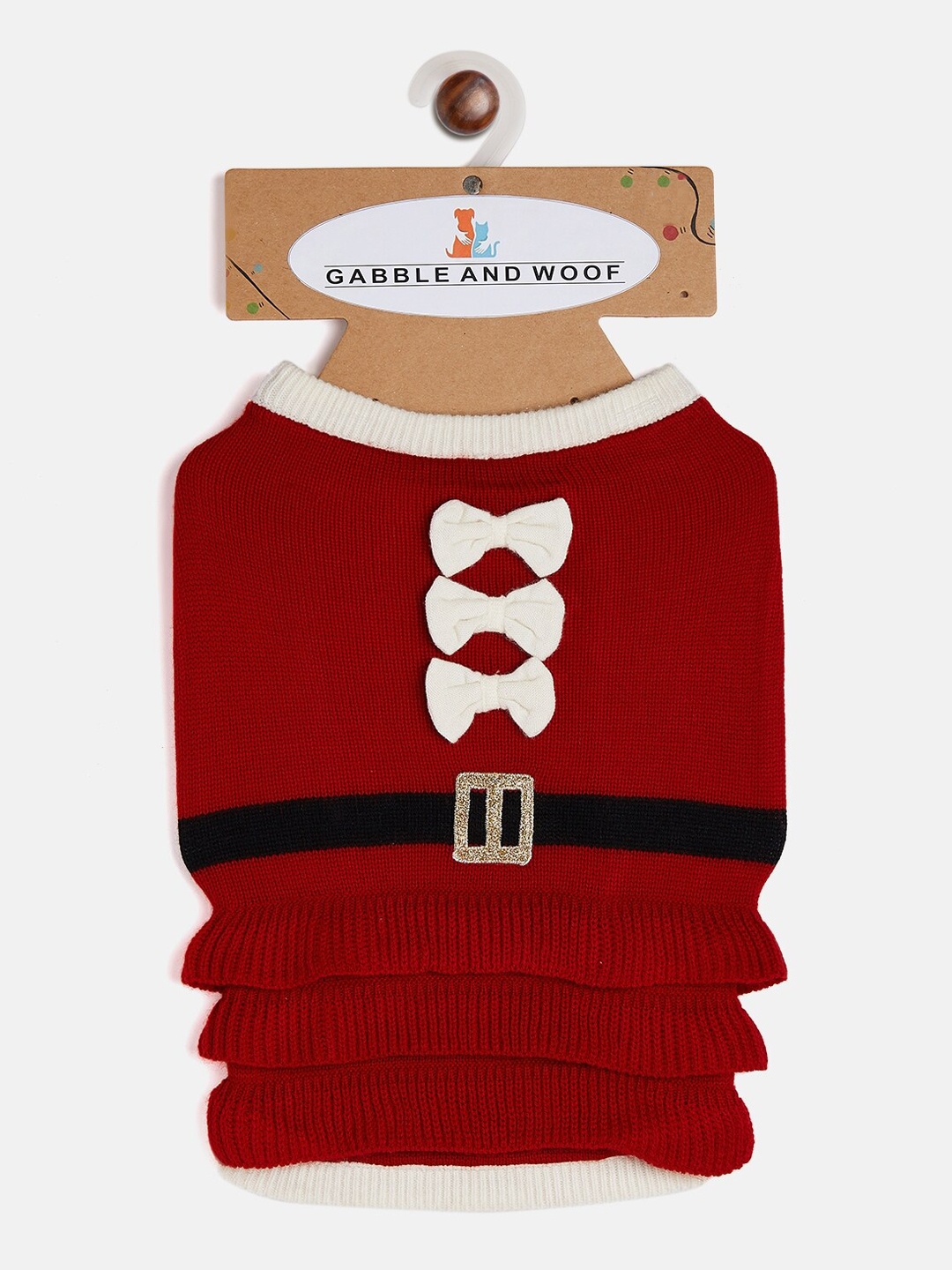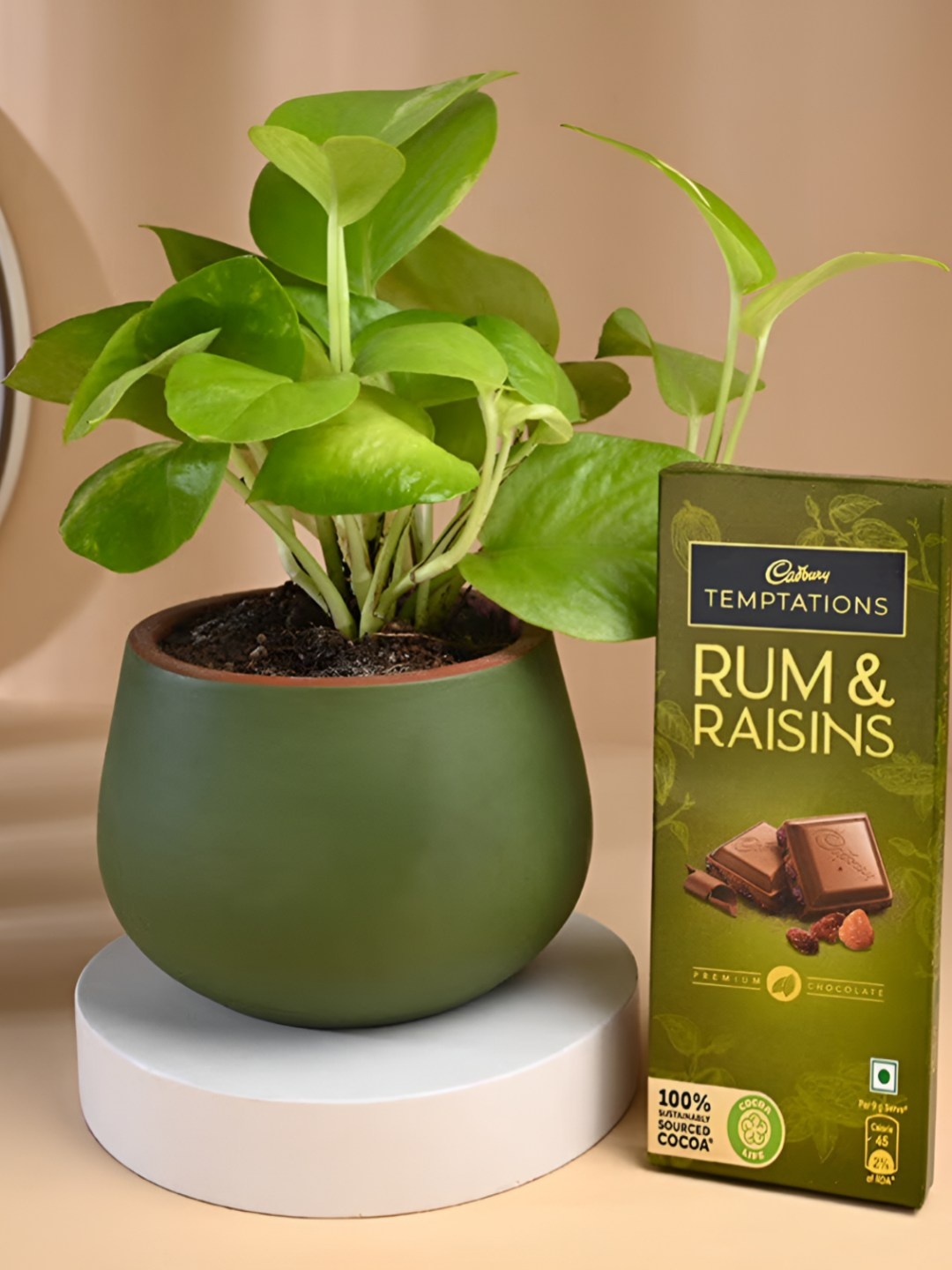How to Read Pet Food Labels: 10 Ingredients Every Pet Owner Should Avoid
Choosing food for a pet can feel more confusing than shopping for a family dinner. Labels that reveal what is really going into that bowl. Knowing which ingredients to avoid is the key to a longer, happier life for furry companions. Explore our easy tips to read pet food labels.

Pet Food Ingredients To Avoid: How to Read And Understand Labels For Healthier Choices.
Walk into any supermarket or pet shop and the shelves gleam with pet foods promising 'premium nutrition' and 'complete care.' Some even feature glossy pictures of happy dogs and majestic cats. But the truth is, not every product behind that pretty label deserves a place in the kitchen. Hidden within are ingredients that may not just be unnecessary but could harm a pet's health in the long run.
This guide breaks down the key ingredients to avoid and explains how to decode labels without needing a science degree. Think of it as a friendly roadmap that blends a pinch of humour with practical advice, making sure pets get what they truly deserve: food that's good for their body and soul.
So, learn to read pet food labels and avoid 10 ingredients every responsible pet owner should exclude to ensure health, safety, and optimal nutrition for pets.

Master pet food label reading by steering clear of 10 harmful ingredients owners should always avoid to keep pets healthy.
Photo Credit: Unsplash
How to Read Pet Food Labels
Artificial Colours and Flavours
Bright red kibble or neon-green treats may look exciting on the packet, but they do nothing for a pet's health. Artificial colours are often added simply to attract human buyers, not to benefit animals. Dogs and cats do not care whether their meal is rainbow-tinted or brown; they care about taste and nutrition.
Flavour enhancers, meanwhile, can mask poor-quality ingredients. A food rich in real meat doesn't need fake flavours to tempt pets, it smells good naturally. Continuous consumption of these synthetic additives has been linked to allergies, hyperactivity, and stomach upsets in pets. It's the equivalent of feeding children sweets coated with chemical dyes every day.
When reading labels, watch for vague terms like 'added colour' or 'artificial flavour.' If the brand isn't specific, it probably isn't something wholesome. Instead, look for natural flavourings such as chicken, fish, or vegetable extracts. A simple, earthy brown kibble may not look glamorous, but it's usually much safer and healthier.
Meat By-Products and Animal Derivatives
The words 'meat by-products' sound harmless, even thrifty, but they often refer to the parts of animals not fit for human consumption. This can include feet, feathers, or organs of questionable quality. It's a convenient way for manufacturers to save costs, but it means pets are consuming protein sources that lack proper nutritional value.
Imagine paying for a biryani that boasts premium chicken but turns out to contain mostly bones and scraps. That's exactly what by-products do in pet food. Pets may survive on them, but they won't thrive. Real meat provides essential amino acids that build muscles, support immunity, and keep energy levels up. By-products, on the other hand, are fillers with limited benefit.
When shopping, labels should ideally list specific proteins like 'chicken,' 'mutton,' or 'salmon.' Vague terms like 'animal meal' or 'meat derivatives' are red flags. Pets deserve actual food, not mystery ingredients that sound more at home in a factory than a kitchen.
Excessive Fillers Like Corn and Wheat
Grains like corn and wheat often dominate cheap pet foods because they bulk up the product at a low cost. While a little bit of carbohydrate is fine, a diet loaded with fillers is far from balanced. Cats, for instance, are obligate carnivores, which means their bodies are designed to thrive on meat, not maize. Dogs can digest grains better, but large amounts still dilute the nutritional value.
Over time, a grain-heavy diet can lead to weight gain, allergies, and digestive problems. Picture feeding someone mostly rice without dal, sabzi, or protein, filling, yes, but not complete. The same applies to pets.
When reading labels, the first ingredient should ideally be a named protein, not 'corn gluten' or 'wheat flour.' High-quality pet food might include some rice or oats for fibre, but it won't rely on them as the star of the show. A protein-rich diet keeps energy levels steady and coats shiny, far better than one bulked up with unnecessary fillers.

Avoid excessive fillers as they may not provide much nutrition; Photo Credit: Unsplash
Added Sugar and Sweeteners
Sugar is as sneaky in pet food as it is in packaged snacks for people. Manufacturers add it to make food more palatable, especially when the base ingredients are bland or low-quality. But pets don't need sugar, and it certainly doesn't help their health.
Regular sugar consumption can lead to obesity, diabetes, and dental problems. For cats and dogs alike, cavities and gum infections are painful and expensive to treat. Artificial sweeteners can be even worse. Xylitol, for example, is toxic for dogs and can cause severe reactions, even death.
Labels may not always use the word 'sugar.' Watch out for terms like 'sucrose,' 'caramel,' 'glucose syrup,' or 'corn syrup.' The best pet food doesn't need sweetening. Real meat and vegetables are tasty enough. Think of it this way: pets aren't asking for dessert, they just want dinner.
Chemical Preservatives
To keep kibble fresh for months on shop shelves, manufacturers often rely on chemical preservatives. Ingredients like BHA (Butylated Hydroxyanisole), BHT (Butylated Hydroxytoluene), and ethoxyquin are common culprits. While these extend shelf life, studies have raised concerns about their link to cancer and liver damage.
Imagine choosing between freshly cooked chapati and one preserved in chemicals to last a year. Which would you prefer for yourself? Pets deserve the same consideration. Natural preservatives like vitamin E (often listed as mixed tocopherols) or rosemary extract are far safer alternatives. They may shorten the product's shelf life slightly, but that's a small price to pay for peace of mind.
When labels list complicated chemical names, it's a clue to pause. A simpler ingredient list is usually a healthier one. Freshness shouldn't come from chemicals but from quality production and storage.
Also Read: Pet Food 101: Your Guide to a Healthy, Balanced Diet From Drools, Whiskas, Pedigree To PUREPET
Generic Fat Sources
'Animal fat' sounds nourishing, but unless the label specifies the source, it could be anything, from chicken grease to rendered waste. The problem with generic fat sources is not just their origin but also their inconsistency. Nutritional value may vary from batch to batch, making it unreliable for long-term feeding.
Quality fat sources like 'chicken fat' or 'salmon oil' provide omega-3 and omega-6 fatty acids, which are crucial for skin health, brain function, and shiny coats. Unspecified fats, however, may contain harmful residues and lack the balance pets need.
It's a bit like buying a bottle of oil labelled only as 'vegetable oil' without knowing whether it's sunflower, groundnut, or palm. The uncertainty itself is a warning sign. Clarity matters on pet food labels, and when it comes to fat, specifics make all the difference.

Avoid foods with generic fat sources; Photo Credit: Unsplash
Salt and Sodium Nitrate
Salt in small amounts is essential for body function, but many pet foods contain excessive sodium to enhance flavour and preserve the product. Too much salt can cause dehydration, kidney strain, and high blood pressure in pets. Cats are especially sensitive, and dogs fed salty snacks often end up guzzling water endlessly.
Sodium nitrate, another common additive, is used to preserve meat in processed pet foods. While it prevents spoilage, it has been linked to health risks, including certain cancers. Imagine sprinkling extra salt on every meal you eat daily, eventually, the body rebels. Pets are no different.
Check labels for added salt, sodium chloride, or nitrates. Natural diets with balanced minerals do not need artificial sodium boosts. If hydration bowls are empty too quickly after meals, it's time to reconsider the food being served.
Dairy and Excessive Lactose
That image of a kitten happily lapping up a bowl of milk may be charming, but in reality, many cats are lactose intolerant. Dogs too can struggle with digesting dairy. Excessive lactose leads to diarrhoea, bloating, and discomfort.
Some pet foods sneak in dairy derivatives like whey or milk powder as fillers or protein substitutes. While not always harmful in tiny amounts, they are rarely necessary. Pets can get better protein from meat, eggs, or legumes.
Think of it this way: just because paneer or dahi works wonders in human diets doesn't mean it translates well for pets. Reading labels for hidden dairy ingredients helps avoid messy surprises later. A diet free from unnecessary lactose is kinder to the tummy and easier on household cleaning routines.
Excessive Oil and Frying Agents
Some commercial treats are fried or coated in excess oil to make them tastier. While pets may gobble them up with enthusiasm, over time, these treats can lead to weight gain, greasy coats, and even pancreatitis. Dogs and cats don't need oily indulgences; what they need is balanced fat in moderation.
Watch out for labels that list 'vegetable oil' without detail, or worse, hydrogenated oils. These act much like unhealthy street snacks do for humans: tempting in the moment, regrettable in the long run. A small indulgence on a festival day is one thing, but daily feeding is a recipe for health trouble.
Instead, choose baked or air-dried treats with clear ingredients. Pets thrive on foods rich in natural fats like fish oil rather than fried coatings. Think of it as replacing samosas with homemade roasted chana, healthier, lighter, and just as satisfying.

Don't choose foods with excessive oil and frying agents; Photo Credit: Unsplash
Unnecessary Additives and Jargon
Sometimes labels look more like a chemistry exam than a food packet. Ingredients with names too long to pronounce are often unnecessary additives, added more for marketing than for nutrition. These include flavour enhancers, stabilisers, and texturisers that make food look appealing but don't actually benefit pets.
A useful rule of thumb: if an ingredient sounds confusing or overly technical, it may not belong in a pet's diet. Simpler labels with recognisable items, chicken, rice, and carrots, are usually a sign of better quality. The more natural and transparent the list, the easier it is to trust.
Marketing terms like 'premium blend' or 'nutritionally enhanced formula' should not distract from the actual ingredient list. It's the fine print at the back that tells the truth. Reading carefully helps cut through the jargon and ensures pets are getting food worth every rupee spent.
Products Related To This Article
1. Pedigree Adult Dry Dog Food, Chicken & Vegetables, 10 kg
2. Drools Puppy Wet Dog Food, Real Chicken and Chicken Liver Chunks in Gravy
3. Quattro Super Premium Sensitive Dog Food for Mini Breeds
4. BARK OUT LOUD Adult Dog Food by Vivaldis, Fresh Salmon
5. Meat Up Adult Dry Dog Food, Chicken Flavour
Feeding a pet is more than filling a bowl; it's an act of care, trust, and love. Every choice at the shop reflects directly on their health and happiness. While packaging may dazzle with promises, it's the label that holds the truth. By avoiding artificial colours, vague by-products, excessive fillers, sugars, preservatives, and other unnecessary additives, it becomes possible to ensure pets are nourished, not just fed.
The journey may take a little extra time in the store, scanning small print and skipping over the flashiest deals. But the reward, a healthier, livelier, and longer life for a loyal companion, is worth far more than the effort. After all, pets give unconditional love every single day; choosing food wisely is one of the simplest ways to return the favour. You can also explore pet food online to explore different options.
Disclaimer: The images used in this article are for illustration purpose only. They may not be an exact representation of the products, categories and brands listed in this article.

























